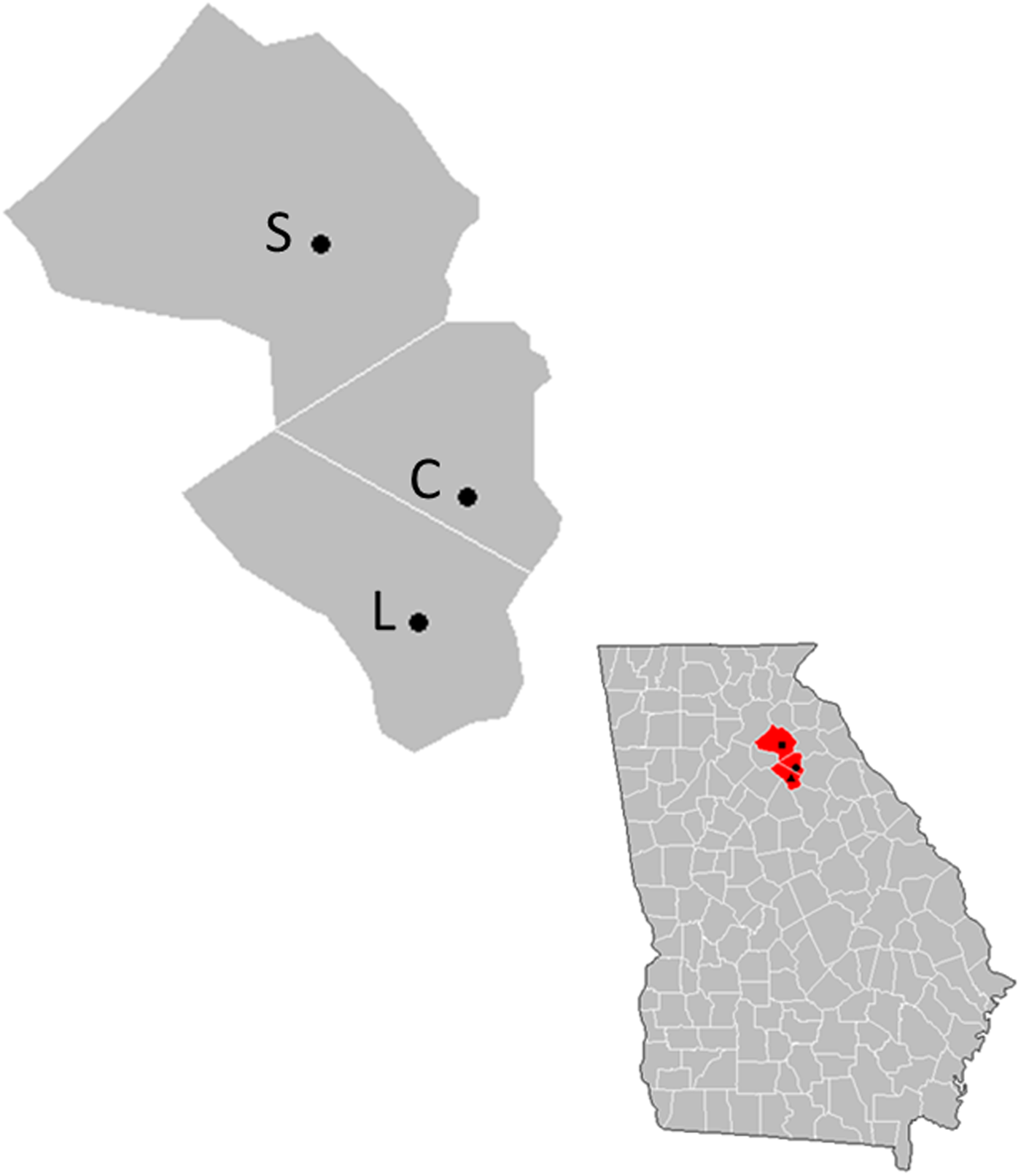病原体は両者の間で感染し、人間にも移る可能性がある Pathogens can be transmitted between the two and can even transfer to humans
2022-09-01 ジョージア大学 (UGA)
ジョージア州北部の裏庭の鶏がいる3つの場所で、補食実験とその後の観察を実施しました。それぞれの場所で、ニワトリと生息地を共有し、より頻繁に検出され、鶏小屋に入る野鳥の種を特定した。その結果、鶏舎に侵入して補助飼料を摂取し、病原体伝播のリスクが高いと考えられる野鳥を14種特定した。
<関連情報>
- https://news.uga.edu/wild-birds-and-backyard-chickens/
- https://www.cambridge.org/core/journals/epidemiology-and-infection/article/risky-business-in-georgias-wild-birds-contact-rates-between-wild-birds-and-backyard-chickens-is-influenced-by-supplemental-feed/0B952EC8F0E75B610F66628053E35ED3
ジョージア州の野鳥における危険なビジネス:野鳥と裏庭の鶏の接触率は補助飼料に影響される Risky business in Georgia’s wild birds: contact rates between wild birds and backyard chickens is influenced by supplemental feed
A. J. AyalaL. K. HaasB. M. Williams,S. S. Fink,M. J. Yabsley[ and S. M. Hernandez
Epidemiology and Infection Published : 05 May 2022
DOI:https://doi.org/10.1017/S0950268822000851

Abstract
Backyard chickens are increasingly popular, and their husbandry varies widely. How backyard chickens are housed may influence the accessibility of chicken feed and water to wild birds, and thus, the contact rates between both groups. Increased contacts have implications for pathogen transmission; for instance, Newcastle disease virus or avian influenza virus may be transmitted to and from backyard chickens from contaminated water or feed. Given this potentially increased pathogen risk to wild birds and backyard chickens, we examined which wild bird species are likely to encounter backyard chickens and their resources. We performed a supplemental feeding experiment followed by observations at three sites associated with backyard chickens in North Georgia, USA. At each site, we identified the species of wild birds that: (a) shared habitat with the chickens, (b) had a higher frequency of detection relative to other species and (c) encountered the coops. We identified 14 wild bird species that entered the coops to consume supplemental feed and were considered high-risk for pathogen transmission. Our results provide evidence that contact between wild birds and backyard chickens is frequent and more common than previously believed, which has crucial epidemiological implications for wildlife managers and backyard chicken owners.



